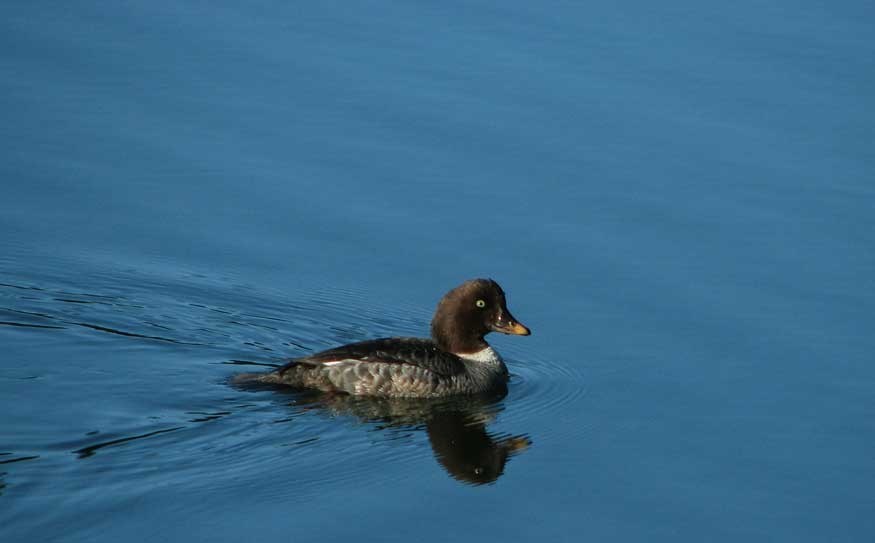While attending the British Columbia Institute of Technology's Fish, Wildlife and Recreation program I conducted a yearlong survey to determine the relative abundance and distribution of all marine birds. I studied the Stanley Park seawall with particular focus on Barrow's Goldeneye, Surf Scoter and Western Grebe to learn whether increasing or decreasing trends were evident.
The Strait of Georgia, on the southwest mainland coast of British Columbia, supports a great diversity of marine birds throughout the year. It is especially important in winter, when it provides overwintering habitat for migrating and resident sea ducks, loons, grebes, herons, shorebirds and other water birds. The strait provides expanses of inlets and points, where birds can rest and hide from bad weather or predators, as well as productive waters where the wintering birds can feed on abundant fish and mollusks. The important marine habitats along the Stanley Park foreshore include long sandy beaches, kelp beds, and rocky patches with large mussel covered boulders.
The majority of the Barrow's Goldeneye diet is composed of invertebrates. In fresh water they mainly forage on aquatic insects, crustaceans, some plant food, small fishes, and fish eggs. In salt water they typically feed on mollusks, especially Blue Mussels. These mussel beds are a special feature fed upon extensively by wintering populations of Barrow's Goldeneye, Surf Scoter and other sea ducks.
The Barrow's Goldeneye populations that breed and winter west of the Rocky Mountains represent 90 per cent of the Barrow's Goldeneye worldwide. The western population breeds and nests in the mountainous areas of the Pacific Northwest, the B.C. central interior, and along the Rocky Mountains. In early spring they leave coastal areas, and typically gather in small lakes in the interior where they conclude their courtship rituals.
Frequency of observation is expressed as a percentage, and is the number of days a species was observed divided by the total number of survey days. Barrow's Goldeneye had some of the highest frequency of observation during my study (89 per cent).
Maximum count is the maximum number of individuals observed in a single survey day over the period of the study. One of the species that had the highest count in a single survey day was also Barrow's Goldeneye (517).
At the end of the survey in April the count of Barrow's Goldeneye began to decrease as their pattern to migrate began. Shortly after moving to Whistler at the beginning of May, there was a tremendous discovery for me at the Whistler Golf Club. A pair of Barrow's Goldeneye was observed at the pond between the 3rd and the 10th hole near the centre of the course. It was unique that this pair had chosen to breed at this low altitude in Whistler.
By living in Alta Vista I was very fortunate to have the opportunity for several sightings throughout the season, and to learn that this is their home. I look forward to this spring for the chance to observe my dear friends again.




